An effective network will have both a physical and logical topology. Network topology, hardware locations, and IP address assignments all make up the “physical topology,” which is a metaphor for the network’s overall structure. The logical topology of a network or service defines the limits of its security. The Domain is the logical topology in an Active Directory infrastructure, while Sites and Subnets are the physical topology.
- The Best Slightly Stoopid Album S Of All Time, Slightly Stoopid
- 12 Hottest Hunting Bows From Ata 2014 Best Compound Bow S For 2014
- Isaak, Chris Isaak Best Of Chris Isaak ‘S Best Songs, Best Of Chris Isaak
- Best Rapier ? Dark Souls Best Rapier ? Darksouls Ricard Rapier
- Best Burger In Hoboken – The 10 Best Burgers In Hoboken
What are active directory sites and services?
Directory ServiceActive Directory sites, area trees, area controllers, subnets, and intersite links can all be managed through the Sites and Services console in the Microsoft Windows System. Including new components at an existing site, such as servers, area controllers, links, and subnets. Transferring and fixing local controllers.
Bạn đang xem: Configuring Active Directory Sites And Services Subnets Best Practices
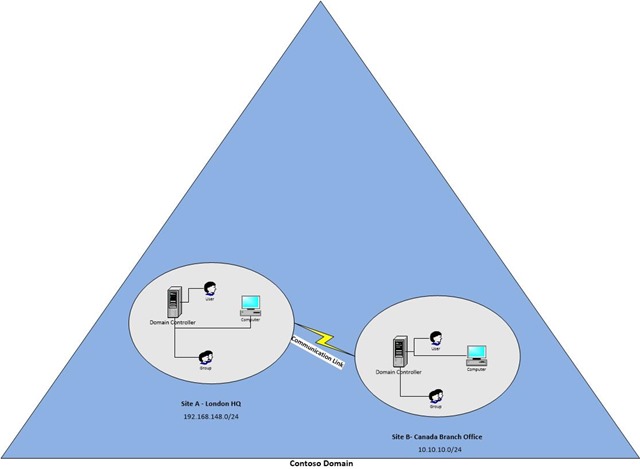
A site is any given geographical location or interconnected set of computers. It can be in a different building, city, or even country. The setup and configuration of sites and subnets are presented here as an illustration. Site A and Site B will be set up, and the appropriate servers and subnets will be allocated to them.
The desired setting will consist of the following:
| Title of Server | Roles | Procedures for Using a Computer | Site | Subnets |
| DC1.contoso.com | Principal Domain Administrator | OSIsoft Windows Server 2012 R2 Standard | Office (Site A) | 192.168.148.0/24 |
| SRV1.contoso.com | More or less a Domain Master | Operating System for Servers, Release 2012 (R2) Windows | Branch Office, or Site B. | 10.10.10.0/24 |
The demo’s SRV1 server is physically located in a different city, in the Branch office. A 256kb link joins it to the main domain. The present configuration uses the factory-installed AD site.
Initiating Site Construction
Check outManager of Servers > Tools > Services and sites in Active Directorythe Sites and Services pane in Active Directory,right-click Sites and select New Site
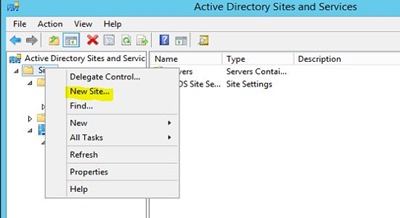
Enter SiteA in the Name: boxSelect the DEFAULTIPSITELINK and click OK
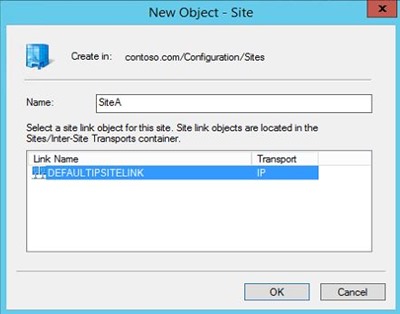
Xem thêm : Best Accessories For Canon 5D Mark Iii Accessories, 6 Must Have Items For Your Canon Eos 5D Mark Iii
Click OKin order to wrap up the site’s construction Iterate steps 1–5 to make anotherSiteB. If everything went according to plan, you would then see:
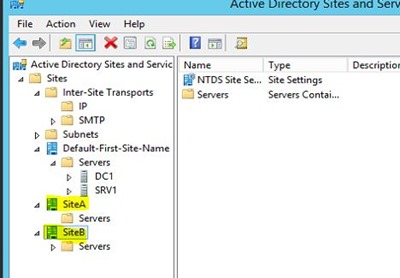
Subnet Generation 2nd Step
Active Directory Sites and Services Microsoft Management Consoleright-click Subnets and select New subnet…
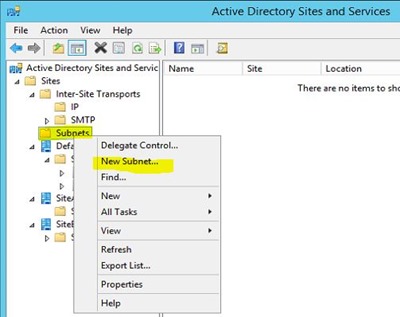
In the Subnet Window: A Brand New Object, type 192.168.148.0/24In the Pick a site object to use as the prefix option select SiteA and click OK

Prefix it again, like in steps 1-3, and use10.10.10.0/24charged withSiteB
Third, build your site links.
You can do this in the Active Directory Module for Managing Sites and Services.right-click Long-Distance Transportation > IPAfter thatclick Fresh Webpage to Visit
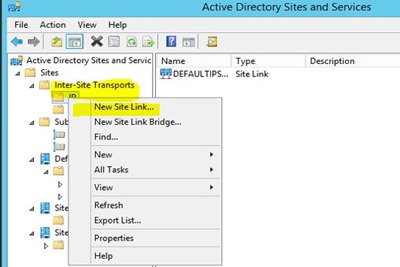
In the Subnet Window: A Brand New Object, give the connection any name you like,select both SiteA and SiteB, and click add
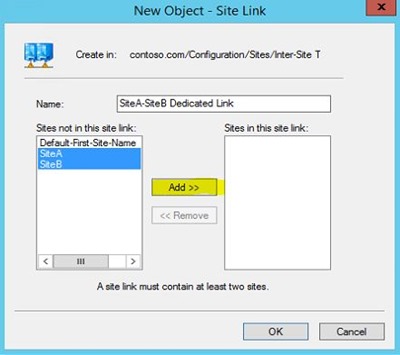
Xem thêm : Best Of The Delta 2023 – Best Of The Delta: And The Winners Are
Click OKThe next step is to create a link, which is done automatically with the default settings unless otherwise specified.Right-clickthe connection, andselect properties
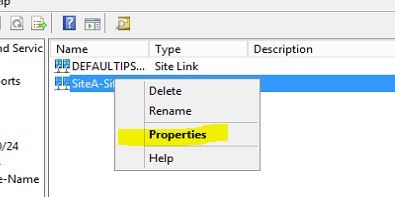
The bandwidth of the SiteA-SiteB dedicated link is set in the SiteA-SiteB Dedicated Link Properties window, where it is displayed as a function of cost.
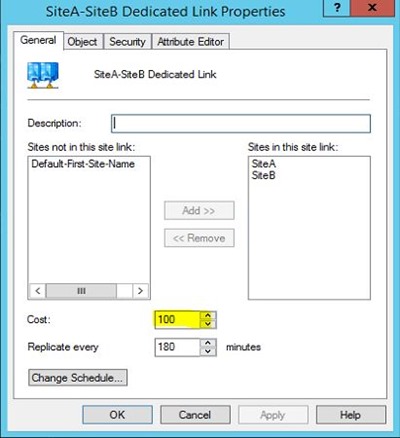
Alterations to replication can also be specified between sites. Because of this,click on Modify TimetableMake your own timetable andclick OK
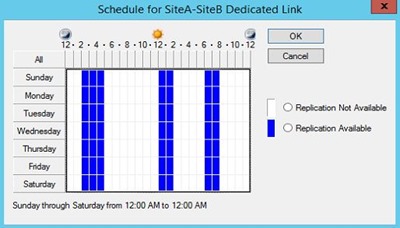
Click OK bring about the necessary adjustments
Step 4: Deploying Domain Name System (DNS) Controllers to the New Domains
Active Directory Sites and Services Microsoft Management Consolenavigate to Default-First-Site-Name > ServersRight-click on the Server administratorneeded for transport andselect Move…
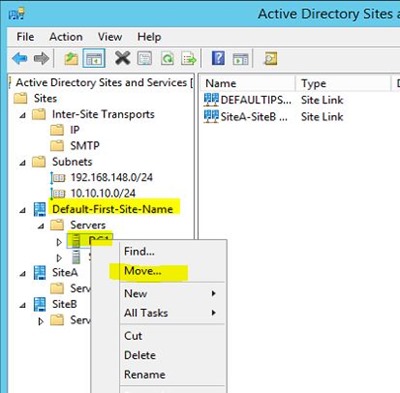
In the window labeled “Move Server,” chooseSiteA which location will serve as the new Domain Controller, andclick OK
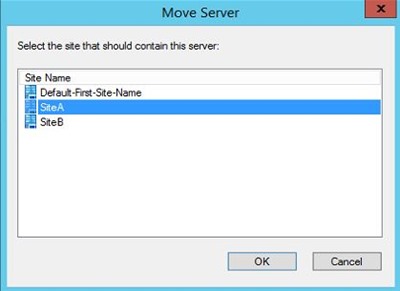
The process is repeated tomove SRV1 to SiteB
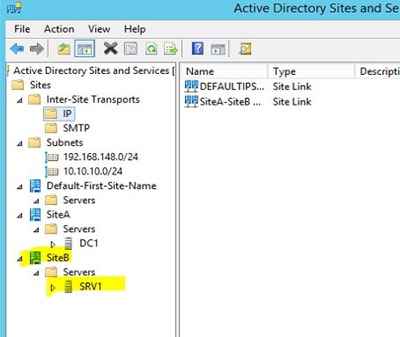
AD Sites and Services – Subnetting best practices
1) Do nothing and see what happens?
The remote computers in each subnet could be connected to the closest data center, so AD-aware packages like logons must be routed to the closest DCs, DFS shares, and place-aware systems. It isn’t always practical to put data centers there.
Create a couple of new websites, such as
Site One Remote VPN Access Points with a 50 Mbps Connection
The site is called “Remote VPN Access Points in the Neighborhood of Site One That Have Cellular Internet.”
Then, forward the subnets of all the minor websites to their new home pages. And only leave the datacenter’s internal subnets linked to the datacenter’s website, for instance? This, along with the price cost, should be sufficient to let AD know whether the customer is in a nearby location with a fast or slow connection. Since there are no servers in those outlying, small locations, I get that replication isn’t always a factor.
Thirdly, create one hundred or more new websites, one for each physical location.
I’m starting to doubt that there will be any positive effects from doing this.
Using active directory sites and services
Making a new page and setting up page-level replication
Setting up licenses and items in the listing service (DS) web interface
Improving a website by including servers, area controllers, intersite links, and subnets
Field controller relocation and maintenance
A website’s management being handed off to another person
Active Directory Sites and services replication best practices map
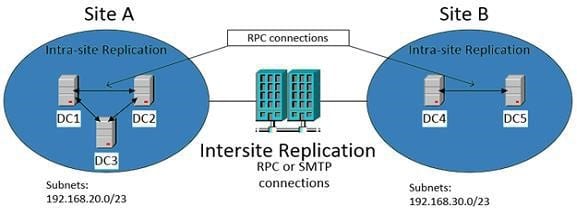
Conclusion
Improve network administration, beef up security, and steer clear of typical pitfalls by following these best practices for Active Directory Sites and Services Subnets. By adhering to these guidelines, you can make things easier and more productive for your users.
Nguồn: https://directmarketingcenter.net
Danh mục: Best









